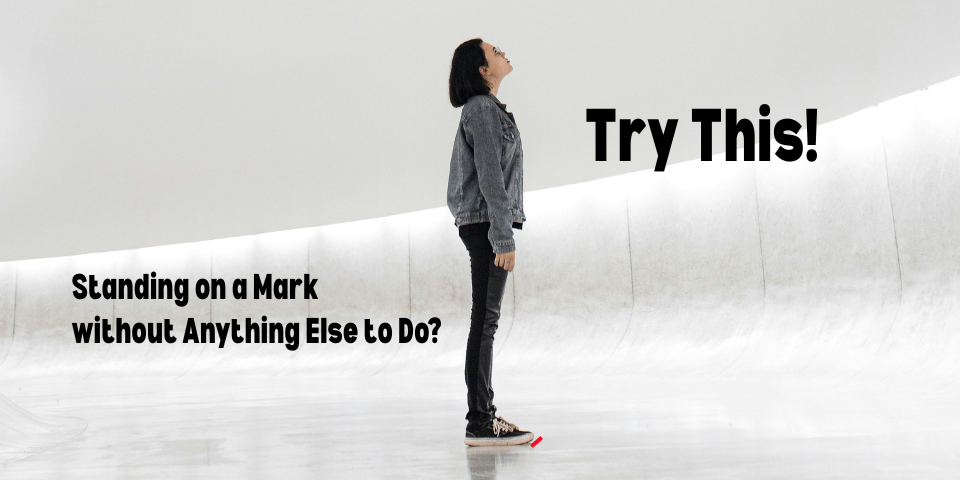Many times when you’re standing in, you’ll be called off set just as your first-team actor is arriving. You will have little to no interaction with the actor, other than perhaps a courteous exchange as you politely leave the mark to make way for the actor.
On the rare set, you’ll be asked as the actor’s stand-in to communicate to your actor any blocking changes or eyelines the actor must make during the shot. Usually this is the job of the 1st AD, but sometimes productions expect stand-ins to do this for actors.
As a stand-in, the question is, “What do you say to the actor?”
What to Say, and What Not To Say
It can be a puzzling situation to be in. Recently, I stood in for an actor during some visual effects (VFX) inserts for scenes the actor had already shot. I stood in for the actor for some of those earlier scenes but not all of them, so sometimes I remembered what actions the actor was doing in the scenes but not in all of them. I was asked by the director to let the actor know what he was doing in each particular VFX setup.
It was pretty obvious that I should communicate to the actor which marks to hit, where to enter from and where to leave from, and the eyelines I was taking during the camera setup. What was less obvious was some of the actions the actor was doing in the VFX shot. “The director told me to touch my face … Do I tell the actor to do that, or does he already know what to do given he already shot the larger scene another day?”
I found myself asking if the actor remembered what he had done the prior day — and since he had, I trusted he’d know exactly what to do and I stopped there. Aside from telling him his marks, entrances, exits, and eyelines, I didn’t really fill him too much on his actions in the shot except for asking him if he’d remembered what he’d done prior.
What Would You Say?
It struck me that if I were an actor and if my stand-in were sharing with me blocking for a scene, I’d basically just want to know what the marks mean if they aren’t easily understood. It might be helpful to have eyelines pointed out to me. Aside from that, I think I might want to know from the director or a 1st AD what is going on in a shot. If I hear instructions from other sources, I can be confused and led astray from what the director is looking for in the shot.
But I’m not all too sure what to say. What would you say? Or rather: When you are standing in for an actor, do you ever share blocking changes, eyelines, etc., or do you leave that up to the 1st AD and director?
In the comments section below, please share how you manage sharing information with your first-team actor when you are working as a stand-in.






Leave A Comment